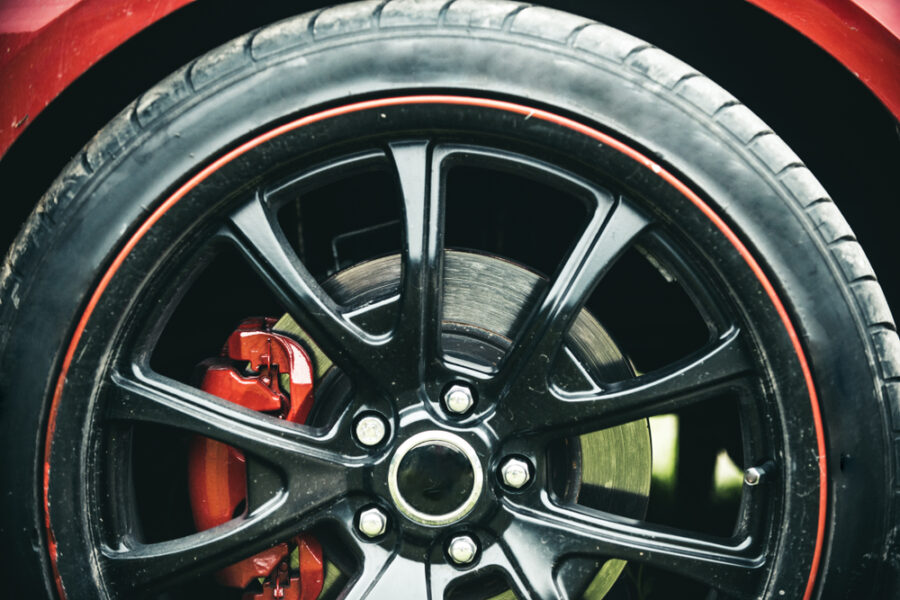
Scrapes and bumps on the rims of your car can be frustrating. The dings look unsightly, but there are small damages to the structure of the wheel that can add up if you keep bumping curbs or other obstacles.
Those issues can build up and lower the resale value of your vehicle. One excellent solution to these problems is the presence of wheel rim protectors. We’re going to take a look at alloy wheel rim protection today, giving you some insight into the benefits that it offers.
Let’s get started.
Understanding Alloy Wheel Rim Protectors
So, what are wheel rim protectors?
Rim protectors are simple things, but they have a massive impact. They’re strips of material that line the edges of your rims. In many cases, they’re rubber or plastic, while some options might even be metal.
By holding the space just outside of the wheel, they provide distance between curbs and other obstacles and the rims of your vehicle. That way, nothing will scrape your rims or do any aesthetic damages to them at all. Further, the protectors will take any impact that your wheels would otherwise take.
When you suffer a bump or collision with something at the height of your wheels, the force of the vehicle hitting the obstacle will all be received by your wheel distribution. Small misalignments in your wheels can make a big difference in the way that your car runs.
As you run a car that has misaligned or damaged tires, different pieces of the vehicle will suffer as a result. When one issue with the tires occurs, that inconsistency will be distributed across the car, making other parts work harder to compensate.
It’s important to note that damages that occur at high impact will still take their normal toll. Alloy rim protectors are meant to protect against small bumps and dings, not major collisions.
Applying Wheel Protectors
When you find wheel protectors, you might wonder how you’re going to fit them onto your vehicle.
The process is simple, and you don’t need a professional to help you do it. First things first, clean your rims well. Make sure that they’re free from dirt that might impact the application of the protectors.
You can then take the wheel protector’s primer, or find a primer of your own to apply to the wheel for yourself. These will situate the surface so that it’s ready to receive long-lasting glue.
Then, peel the tape off of the back of the protector and apply it slowly. Make sure that there aren’t any pockets or lumps in the protector as you lay it down. If there are any excess pieces of the material, you can cut them off so they don’t hang over.
Then, leave the protectors on for a day or two before driving. This will allow them to be situated so they won’t fall off at high speeds.
Want to Learn More?
Alloy wheel rim protectors are an exciting addition to any vehicle. There’s a lot more to learn about them if you want to choose the right ones, though. We’re here to help.
Explore our site for more ideas on types of wheel rim protectors, where to find the best ones, and insight into alloy wheel rim protection.














